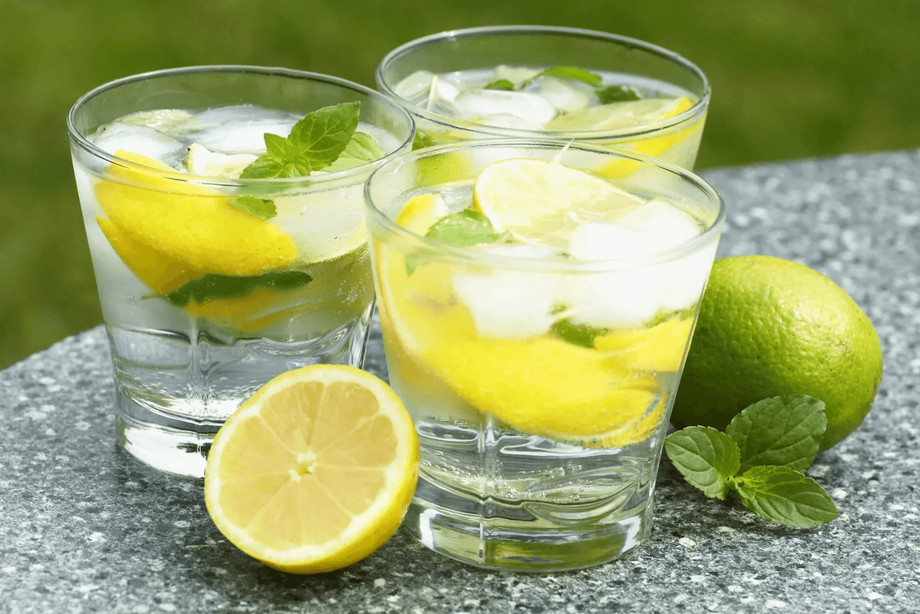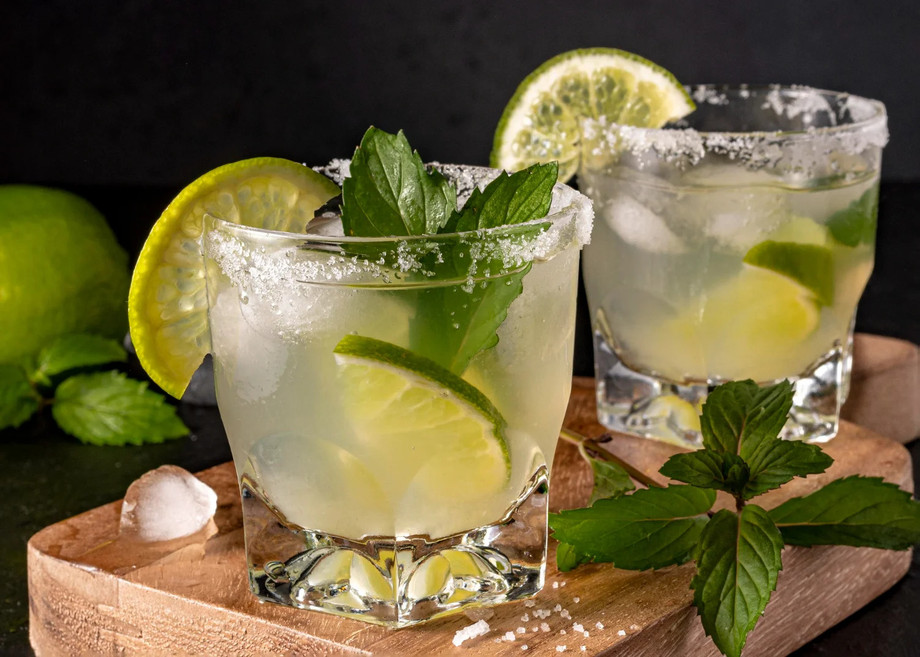Tequila is nothing short of an emblem of Mexican culture. It is a lot more than just a spirited beverage with a rich history and intricate production methods. Every aspect of preparing fancy tequila is an essential part of the heritage of Mexico.
Today, you will learn more about tequila traditions while exploring the story of this spirit, its cultural significance, and why it stands out in the world of alcoholic beverages.
Tequila Traditions & Their Origins
The indigenous people of Mexico started preparing tequila. These folks have been using the blue agave plant for centuries before the arrival of Spanish colonizers. Of course, they could not prepare fancy tequila back then, but as time passed and the preparation techniques improved, the resulting beverage became tastier.
Even the ancient Aztecs revered the agave plant for its nutritional value and its fermented sap called “pulque.” It is an early form of alcohol that was a staple in ceremonial and social gatherings.
Once the Spanish settlers arrived, they adapted the indigenous practices, resulting in the development of tequila as you know it. In the 1600s, the Spanish started distilling the agave plant to create a more refined version of the beverage. Over time, the process evolved, giving birth to the tequila traditions celebrated today.
The Art of Tequila Crafting
The traditions of tequila involve a difficult production process that starts with the blue agave plant. This plant grows primarily in the areas around the Tequila town in Jalisco. Converting agave to tequila is a form of art in itself!
· Agave Harvesting – The first step is to harvest the mature blue agave, which takes about 8 to 12 years to reach optimal ripeness. Experienced and skilled jimadores use special tools to cut the leaves and lay bare the heart of the agave or the pina.
· Pina Cooking – After harvesting, the pinas are cooked in autoclaves or large ovens. This process transforms the complex carbohydrates in the agave into fermentable sugars needed for the development of the beverage.
· Fermentation – The next step involves fermenting the juice extracted from the pinas after cooking and crushing them. During fermentation, the distillers use natural or cultured yeast to convert the sugar into alcohol.
Distillation – The fermented liquid is distilled twice in copper stills. This process concentrates the alcohol and refines its qualities. It is a crucial step that shapes the character of the tequila.
· Aging – The liquid may be aged in oakwood barrels for varying periods, based on the type of tequila produced. Blanco, for instance, is unaged, while Reposado and Anejo are aged for quite a while, developing deeper characteristics and flavor complexities.
The Cultural Significance of Tequila
Fancy tequila is deeply rooted in Mexican culture and traditions. It plays a crucial role in festivals, celebrations, and social gatherings. For example, during the Dia de los Muertos, or the Day of the Dead, tequila is enjoyed while remembering loved ones. In various locations of Mexica, tequila is paired with traditional dishes, improving the culinary experience and displaying the versatility of the spirit.
Embrace the Tradition
Whether you are new to the world of fancy tequila or a connoisseur, embracing the traditions of tequila can enrich your appreciation of this iconic spirit of Mexico. From its historical roots to its new-age varieties, tequila gives you a glimpse into the rich cultural heritage of Mexico.
Must Read: Is Tequila Good for Health


